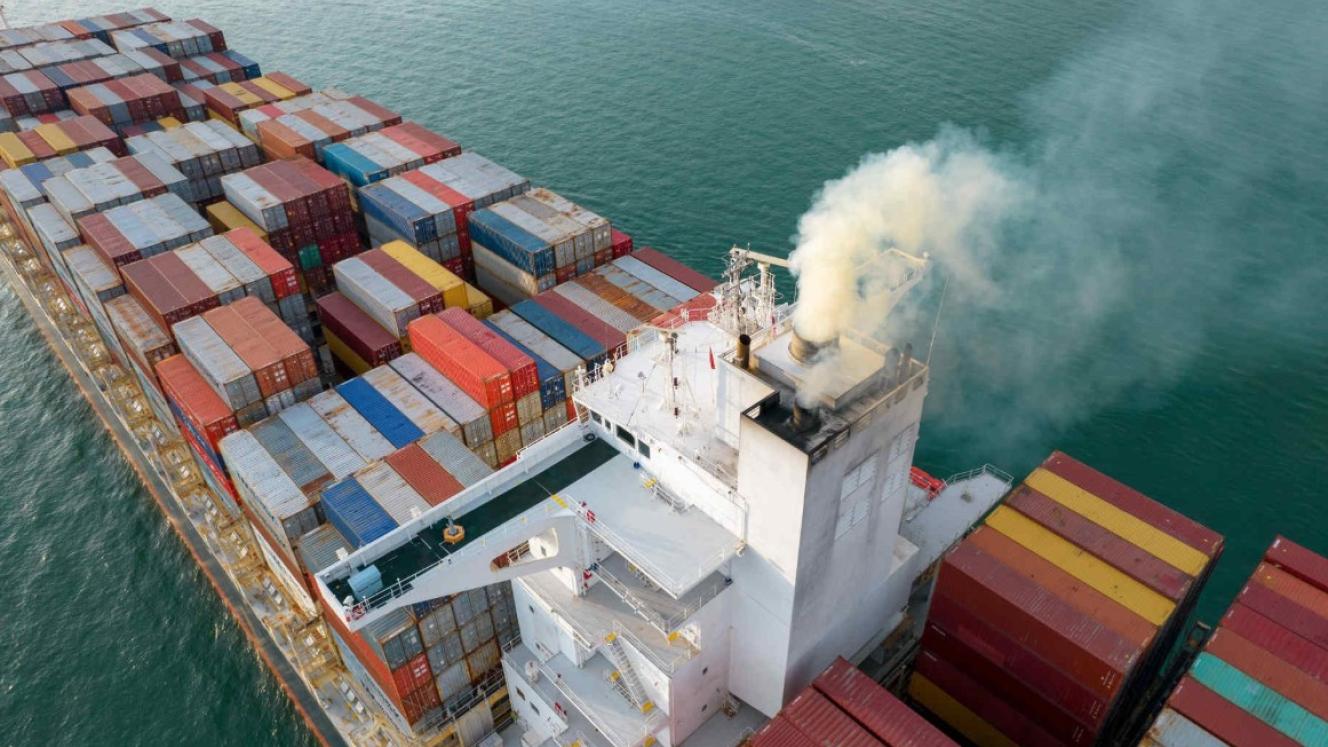Total emissions from global containerships remained largely unchanged in the third quarter of 2025, even as the number of voyages rose, according to a new report by maritime analytics firm, VesselBot.
The study, Decoding Maritime Emissions, Q3 2025: Containership Emissions and Traffic on the Rise, analysed 73 353 voyages completed by 4 750 vessels between July and September.
It provides detailed insights into fleet performance, including vessel size, age, shipbuilding origin and trade routes, at a time of heightened regulatory uncertainty and ongoing trade disruptions.
VesselBot’s findings show total containership emissions reached 50.3 million tonnes in Q3, virtually unchanged from the same period in 2024, despite a 2.3% increase in voyages.
The report also notes that average well-to-wake emissions intensity improved to 195.9 g CO₂e/TEU km, down 1.6 per cent year-on-year, aided by longer steaming times and reduced port dwell times.
Trade tensions were reflected in route volatility, particularly on direct China-US services. Voyages on this route fell by 3% in the first nine months of 2025, spiked 15% in July, then declined 10% in September.
Analysts highlight that China’s retaliatory port fees targeting US-owned, operated or built vessels have complicated carrier deployment strategies.
The report provides granular vessel-level data intended to help shipping companies, regulators and other stakeholders navigate a complex operational environment while approaching critical compliance deadlines.













